At dusk on the shortgrass prairie, a flash of cinnamon fur slips between yucca shadows – and for the first time in decades, it belongs here. The swift fox, once missing from vast stretches of the Great Plains, is edging back thanks to a rare blend of Indigenous leadership, state-and-federal coordination, and new science. The comeback story isn’t neat; it’s a patchwork of soft-release pens, GPS pings, and hard-won habitat. But the momentum is real, and the data behind it reads like a detective tale. This is conservation with receipts: who moved, who survived, and who raised kits under the big sky.
The Hidden Clues
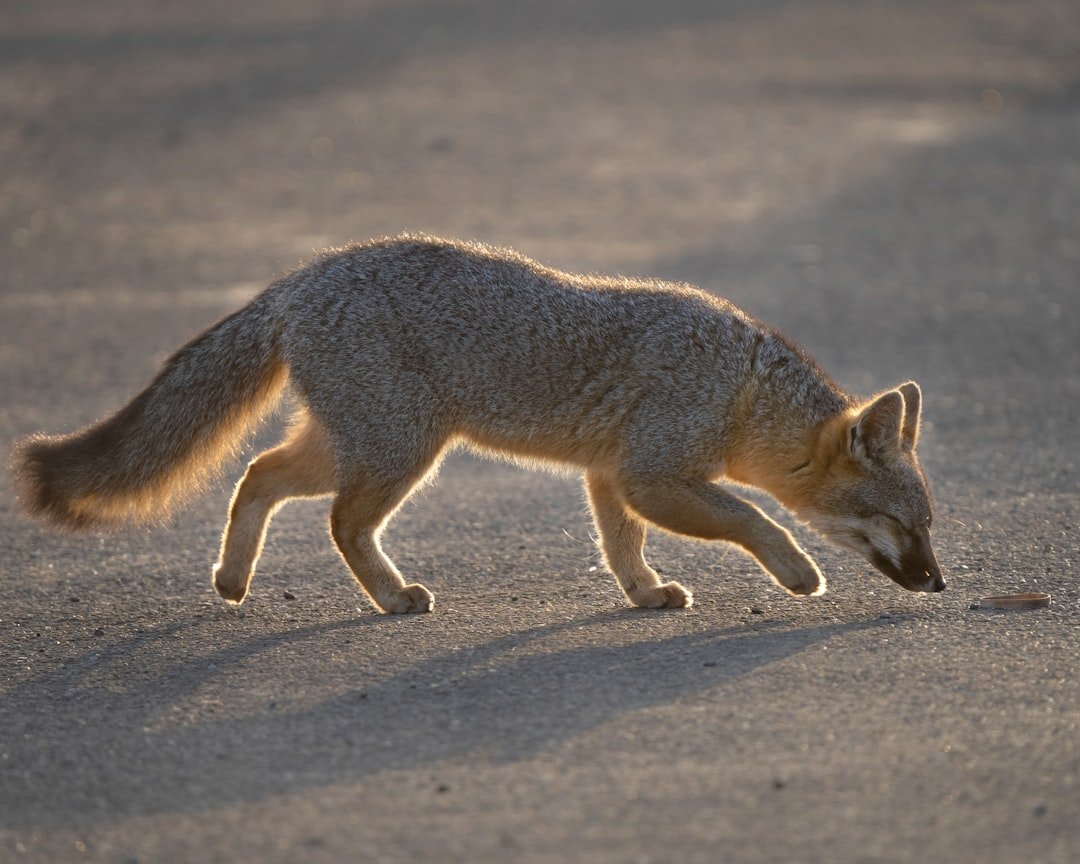
Here’s the twist: the swift fox was removed as a candidate for U.S. Endangered Species Act listing in 2001, not because it was suddenly abundant, but because coordinated monitoring and management showed a path to recovery outside formal listing. That decision pushed states and tribes to collaborate through a Swift Fox Conservation Team, pooling surveys across a sprawling, checkerboard landscape. In practice, that meant track surveys, live-trap mark–recapture, and standardized protocols spanning from Texas to Montana. Pull the thread and you’ll find a modern network built on those early, unglamorous datasets. It’s the quiet kind of science that makes headlines possible later.
Today, a different class of clues fills the notebooks: GPS points, camera-trap timestamps, and snippets of DNA pulled from scat. Together, these tools reveal how far reintroduced foxes travel, where they settle, and whether they’re founding new family lines. The methods might sound technical, but the aim is simple – prove a population can sustain itself without constant human help.
From Ancient Tools to Modern Science
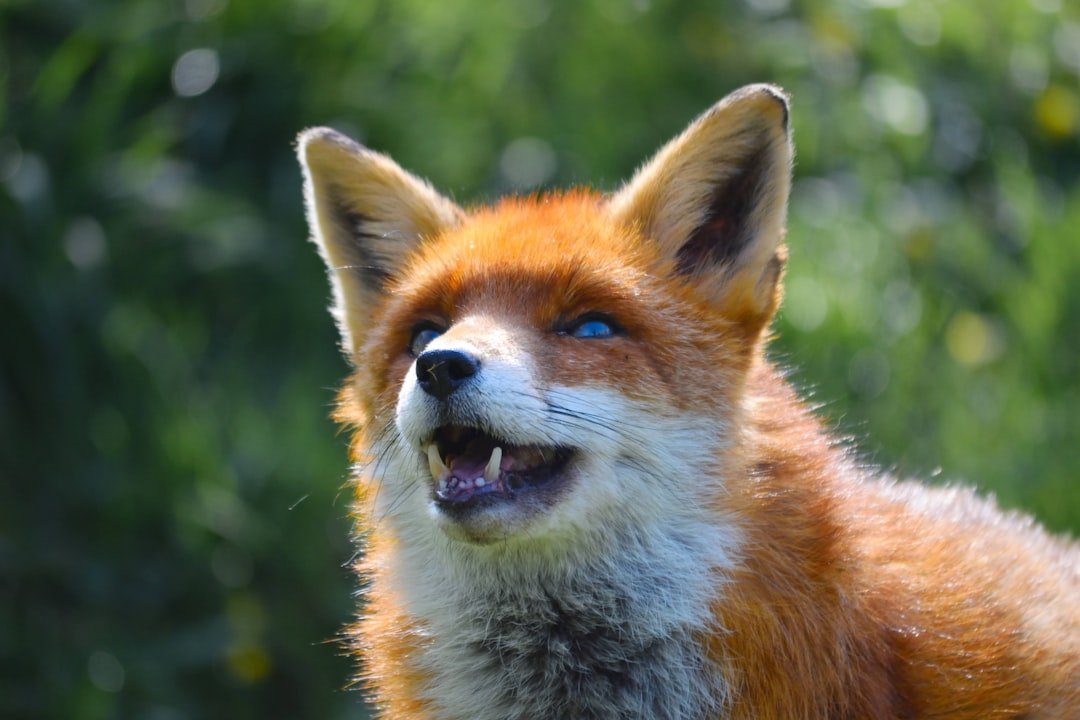
Reintroduction is an old prairie idea rebooted with precision. Canada jump-started the model in the 1980s and 1990s by releasing roughly about nine hundred swift foxes into Alberta and Saskatchewan, seeding a cross-border population linked to northern Montana. Those efforts set the template: many small releases, long-term monitoring, and patience while foxes find each other across a vast, windy map. Later surveys tallied a few hundred animals persisting in Canada, with a status there still considered at risk but trending better than the days of absence. Lessons learned – how many to release, from where, and how to track success – are the backbone of the current U.S. projects. the Fort Belknap Indian Community in Montana, where tribal wildlife leaders teamed with conservation partners to bring foxes home. By 2022, more than one hundred foxes had been released there, with documented reproduction in the wild – an early milestone that matters more than any ribbon-cutting. That program drew animals from robust source populations in Wyoming and Colorado and tracked them with collars to study movements and survival. It’s restoration written in GPS, led from the ground up.
How the Comeback Works
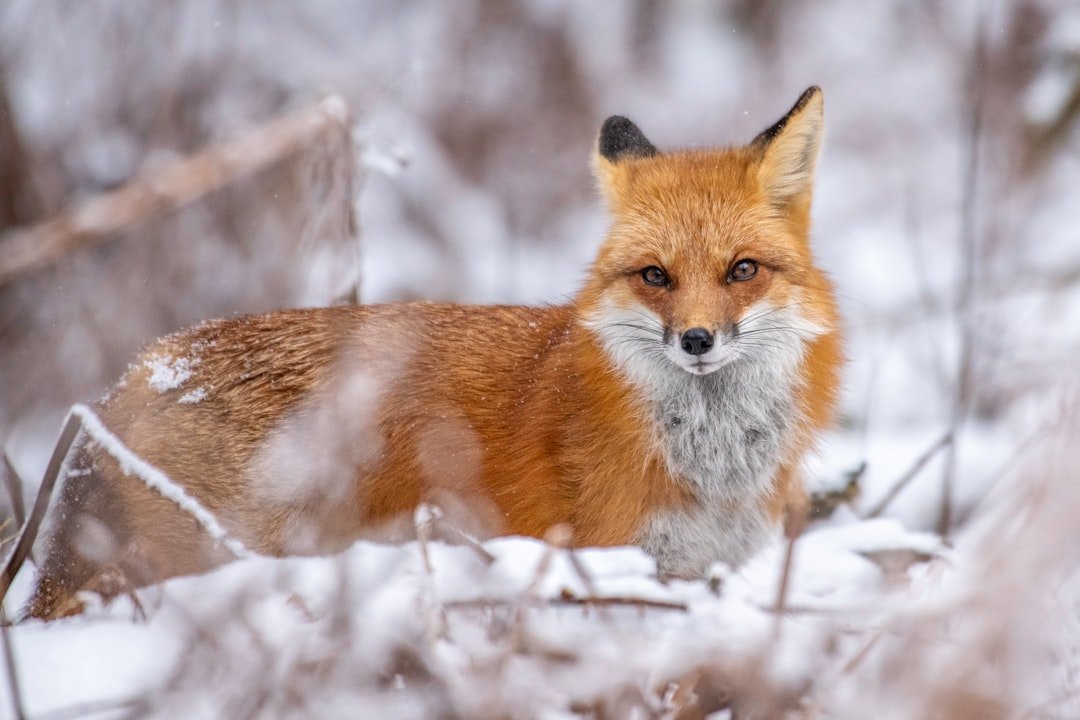
Soft-release pens give translocated foxes a moment to acclimate, reducing the shock of a new home before the fences come down. Collars beam back travel paths showing most survivors settle into home ranges instead of wandering indefinitely, a key sign that habitat patches are “sticky” enough to hold them. Some foxes even sprinted north into Canada or crossed major river breaks, proof that the landscape is reconnecting in practice, not just on maps. Fewer early mortalities than expected strengthened confidence in the protocol, though managers still plan releases across multiple years to buffer bad winters or unlucky coyote encounters. It’s cautious, iterative, and deliberately boring – in conservation, boring is often a feature, not a bug.
The data pipeline doesn’t end at collars. Camera arrays estimate density year to year, while lab teams extract fox DNA from scat to identify individuals, sex, and family ties. That genetics layer can flag whether new releases are adding diversity, not just numbers, and whether kits born on-site are carrying the momentum. These are small mammals, but the analytics are major league.
Life at Fox Speed

The name isn’t marketing: a swift fox can hit speeds near highway limits on two-lane backroads, with bursts reported around 20-25 miles per hour. That velocity matters when your neighborhood includes coyotes, badgers, hawks, and eagles. Swift foxes den year-round, often in renovated prairie dog burrows, which doubles as climate control and predator insurance. Their diet is a grab bag of beetles, grasshoppers, small rodents, and seasonal rabbits – classic opportunists built for boom-and-bust prairies. Everything about them says “edge of survival,” from the black-tipped tail to the oversized ears that radiate heat.
Biologists track these details because behavior and habitat fit determine whether reintroductions stick. Den availability hints at soil, prey, and disturbance; sprint capacity meets its match in fragmented landscapes where fencerows and roads interrupt escape routes. Know the animal, know the odds. Bench science and field instincts meet right there, in a den mouth at dawn.
Why It Matters
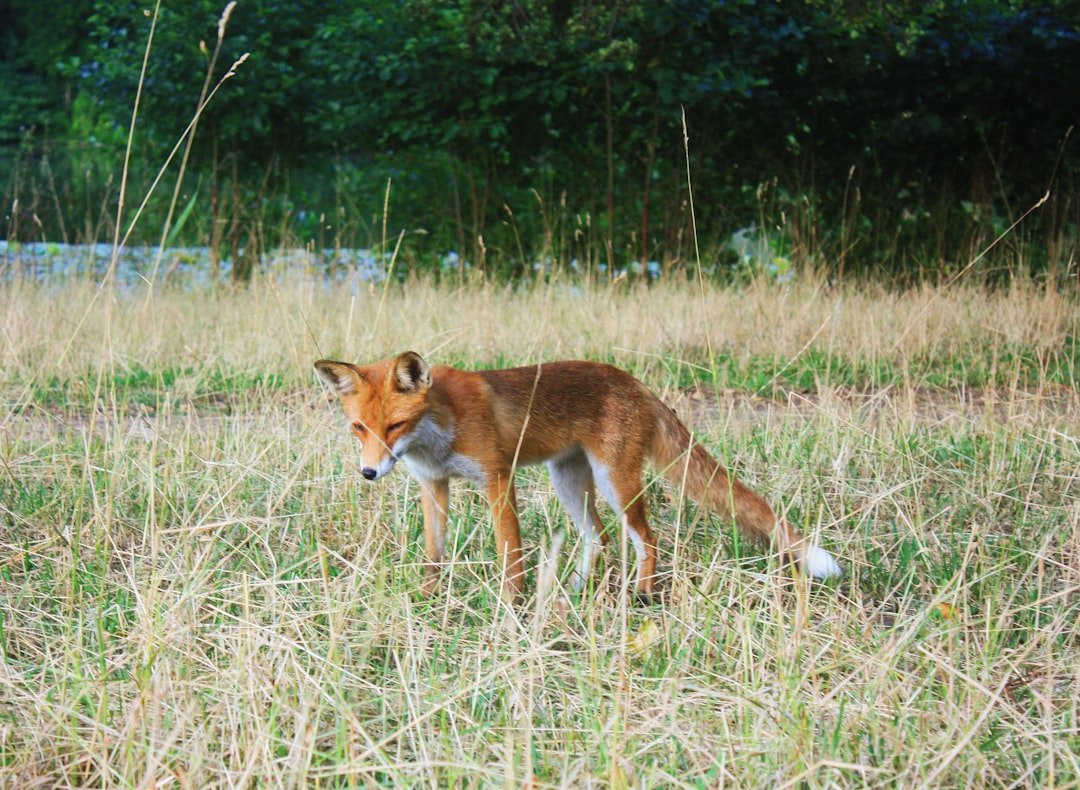
The Great Plains is one of the planet’s least protected biomes, and the swift fox is a litmus test for whether shortgrass systems still function. Officially, the species is listed as Least Concern by the IUCN, yet conservation ranks in North America still flag it as globally vulnerable – two truths that reflect a species that’s stable in some places and squeezed in others. If you want a reality check on habitat pressure, consider the grassland ledger: just over half of Great Plains grasslands remain intact, and conversion still races ahead in boom years. That’s the backdrop for every fox release, every camera-trap hit, and every kit counted. Bring back a small predator, and you restore threads that tug on prairie dogs, ground-nesting birds, and the insects that knit the whole system together.
Here’s the shorthand comparison that matters on the ground: classic protection models rely on parks and refuges; swift fox recovery works because it overlays tribal homelands, private ranches, and public parcels. It’s not fortress conservation; it’s cooperative stewardship – burn plans, grazing rotations, and voluntary agreements that leave room for den sites. That approach doesn’t just help a fox; it road-tests the way we’ll save the rest of the prairie.
The Human Factor on a Working Prairie

Most swift fox country is also cattle country, and that’s not a contradiction. Short, varied swards created by fire and managed grazing can support denning and foraging, while ranchlands can remain productive. The real enemy here is plow-up and woody encroachment, which replace den-digging soils with crops and shrubs, trading open horizons for barriers. In several recent years, roughly about two million acres of Great Plains grassland were converted to crops annually; even when rates dip, the cumulative loss is sobering. The fix is policy plus pragmatism: grass-friendly incentives, fence markers, roadkill mitigation, and pausing broad-spectrum poisons that ripple through food webs.
I’ll own a bias: I root for solutions that keep people on the land. When ranchers, tribal wildlife crews, and biologists share data – and costs – small carnivores get space to breathe. Success looks like a fox slinking past a stock tank at midnight and a paycheck that doesn’t depend on breaking new sod. That’s a future you can measure in pups, but also in communities that last.
Global Perspectives
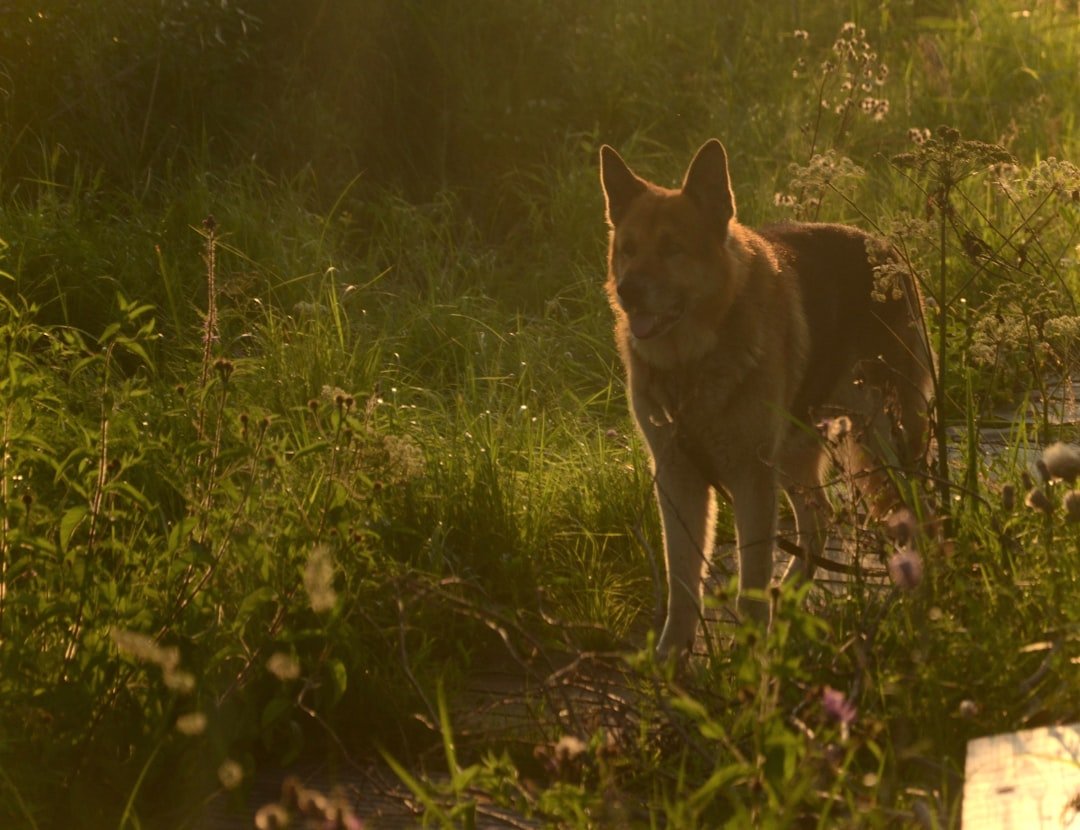
Temperate grasslands worldwide face the same pressures: tillage, tree encroachment, and fragmentation that outpace protection. The swift fox’s mixed status – globally “okay,” regionally vulnerable – mirrors species from the steppe to the pampas, where local action decides long-term fate. Importantly, the Great Plains remains one of the few places where connective corridors still exist at meaningful scales, and reintroductions can jump the gaps. That makes the prairie not just a recovery site but a proving ground for modern carnivore conservation in working landscapes. When this model travels, it brings a toolkit that scales: soft releases, collar data, and low-cost genetic monitoring.
And the global stakes are bigger than any one fox. Grasslands store carbon in deep roots and soils, buffer flood pulses, and sustain pollinators that agriculture can’t live without. If a five-pound canid can help us stitch those benefits back together, that’s a win measured far beyond county lines. Conservation is local by design, but the playbook is exportable
The Future Landscape
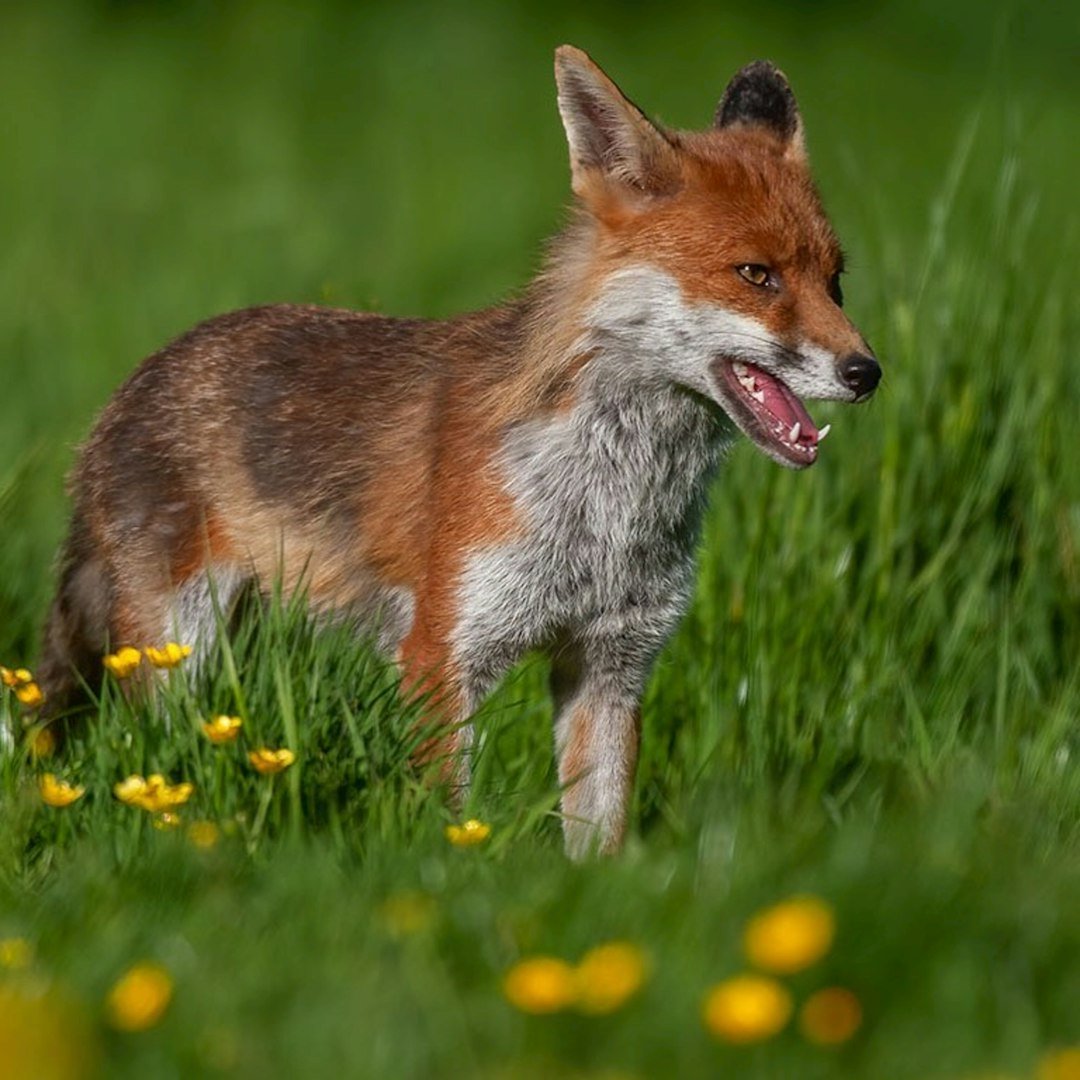
Expect the tech to get smarter and lighter. Collars already track home ranges and survival; next up is pairing movement data with high-resolution habitat maps to forecast where foxes will thrive as climate extremes sharpen. Camera traps are being automated with AI detection, and genetic toolkits built for coyotes and kit foxes now key in on swift fox DNA, cutting field costs while boosting accuracy. That’s how managers will decide whether to keep releasing, pause, or shift sites. It’s adaptive management with a dashboard, not a hunch.
Challenges remain stubborn. Grassland conversion hasn’t stopped, droughts can hammer prey bases, and predator dynamics shift as coyotes exploit edges. The safety valve is redundancy – multiple core areas linked by dispersal routes – and policies that reward keeping grass as grass. With those in place, the Great Plains could turn isolated fox clusters into a truly connected metapopulation.
How You Can Help
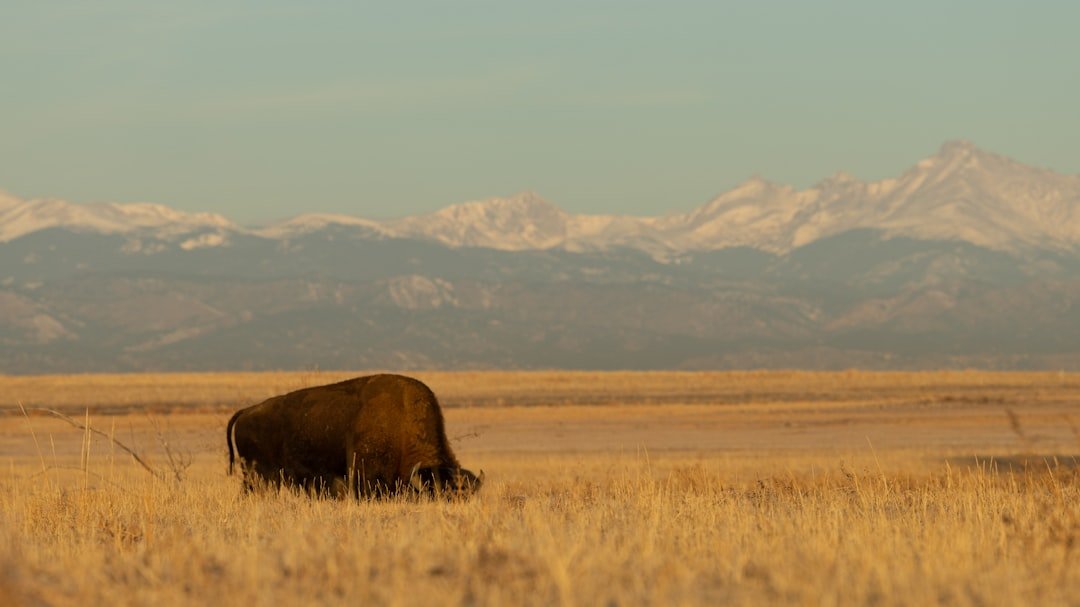
Start local. If you live in prairie states, support land trusts and tribal conservation programs that secure intact grass; if you ranch, consider wildlife-friendly fence marking and leave buffer strips around den sites. Ask state agencies about incentive programs that keep native range unplowed and reduce secondary poisoning risks. Even from a city, you can back the organizations doing the steady, unflashy monitoring work – collars, cameras, lab assays – because that’s what turns good intentions into population curves. Small choices add up across a biome that’s too often taken for granted.
- In several recent years, grassland conversion in the Great Plains reached roughly two million acres annually; just over half of the region’s grasslands remain intact.
- At Fort Belknap, more than one hundred swift foxes were released from 2020 through 2022, with wild-born pups documented.
- The species is IUCN Least Concern but ranked globally vulnerable by NatureServe, reflecting regional pressures.

Suhail Ahmed is a passionate digital professional and nature enthusiast with over 8 years of experience in content strategy, SEO, web development, and digital operations. Alongside his freelance journey, Suhail actively contributes to nature and wildlife platforms like Discover Wildlife, where he channels his curiosity for the planet into engaging, educational storytelling.
With a strong background in managing digital ecosystems — from ecommerce stores and WordPress websites to social media and automation — Suhail merges technical precision with creative insight. His content reflects a rare balance: SEO-friendly yet deeply human, data-informed yet emotionally resonant.
Driven by a love for discovery and storytelling, Suhail believes in using digital platforms to amplify causes that matter — especially those protecting Earth’s biodiversity and inspiring sustainable living. Whether he’s managing online projects or crafting wildlife content, his goal remains the same: to inform, inspire, and leave a positive digital footprint.




